Almost 30 years ago, my journalistic career began in the faded seaside town of St Leonards-on-Sea, where I spent six months undertaking a crash course in shorthand, typing and all the basic skills of local paper reportage. With no previous experience of just how dismal an out-of-season holiday town could be, my spirits were high on the trip down the A21 – an extended coastal sojourn sounded like fun.
The reality of St Leonards in the early 1990s brought me back down to earth with a bump. This once splendid Regency resort – created by the team which had designed London’s Bloomsbury and Regent’s Park – was a wasteland.
Its white stucco townhouses were crumbling. Most cafes and restaurants closed during winter so there was nowhere to go and nothing to do. My fellow residents were a mix of addicts and homeless, who had washed up at the coast as a result of the Care in the Community drive of the 1980s, and sad-looking retirees who had clearly also had their dreams of fun by the seaside shattered.
Today, though, things look very different. To my eternal disbelief, St Leonards, East Sussex, is a bona fide hipster-on-sea, more alternative than Brighton, less try-hard than Margate. Its once barren shopping streets – previously dominated by charity shops and dingy general stores – are full of galleries, boutiques, bars, restaurants and coffee shops.
DFLs tend to get a bad press for driving up prices – but in St Leonards they have also worked hard to make their new hometown a vibrant, fun place to live
What is particularly unusual about this turnaround is that it has happened without any huge infusions of cash or big-bang masterplans. And the regeneration has defied downsides such as St Leonards’s steep and stony beach, its chugger train services to London (which take a disgraceful hour and a half to make the 65-mile journey), indifferent senior schools and lack of green space.
The architects of change have been the Londoners who have been flocking down to St Leonards over the past decade or so. From Pembrokeshire to Polzeath, DFLs (which stands for ‘Down from Londons’) tend to get a bad press as they rush to buy up property in the UK’s prettiest beauty spots, driving prices far beyond the means of local residents. But St Leonards’s DFLs have tended to be both arty and entrepreneurial – and while they have certainly triggered house price growth, they have also worked hard to make their new hometown a vibrant, fun place to live.
Charlie Sellens grew up a mile along the coast, in Hastings, and when he was a teenager St Leonards had a bit of a reputation. ‘It used to be seen as a rough and ready sort of place that you would wish to avoid,’ he says. But when Sellens, now sales manager at Made Hastings, began his estate agent career a decade ago he noticed something. ‘A couple of people from London had just started buying up houses and doing them up,’ he says. ‘All it took was for people to see the potential and invest in some of the run-down properties, and a domino effect began.’
Over the next few years some of these early adopters began to set up businesses. ‘They started buying shops and opening restaurants, coffee shops and galleries, and it just caught on,’ says Sellens. ‘The whole vibe of the place has shifted.’

Juliet and Simon Wickham became DFLs in 2009, selling their six-bedroom semi in Tottenham, north-east London, and buying a five-bedroom Edwardian townhouse in St Leonards. The property cost £315,000 – about half what they had sold their London home for. The couple had decided to get out of the capital to free themselves from their huge mortgage and because they thought it would be fun for their twins, Rosa and Arthur, who are now 19, to grow up by the sea.
‘We had some friends who had moved down who spoke very highly of it, and we liked the whole atmosphere when we visited,’ says Juliet, 56. ‘It had a few rough edges but there were a lot of artists and quirky little restaurants and pubs.’ Fourteen years on, Juliet, who runs the The Washable Nappy Company, and Simon, 59, who helps out with the company and has a sideline in property development, are still delighted with St Leonards, even though those rough edges are fast disappearing.
‘There are a lot more middle-class families with dogs,’ says Juliet. ‘And there are also some places that seem to charge a fortune for a loaf of artisanal bread. Have things gone too far? Not yet, I don’t think, but maybe one day. At the moment it is a great place to be, it seems like a very tolerant place; there are lots of mad little festivals and arty things going on which is great.’
Originally conceived as a model seaside resort, St Leonards was created in the early 19th century by an earlier iteration of the DFL, the property developer James Burton and his architect son Decimus. The project was an instant hit with the great and the good (Princess Victoria and her mother, the Duchess of Kent, wintered there in 1834/5) and by the 1880s the town had streets of fine townhouses and elegant villas, a railway station, a pier and hotels. Development continued into the Art Deco era. The seafront is dominated by Marine Court, a 1937 block of flats shaped like an ocean liner.
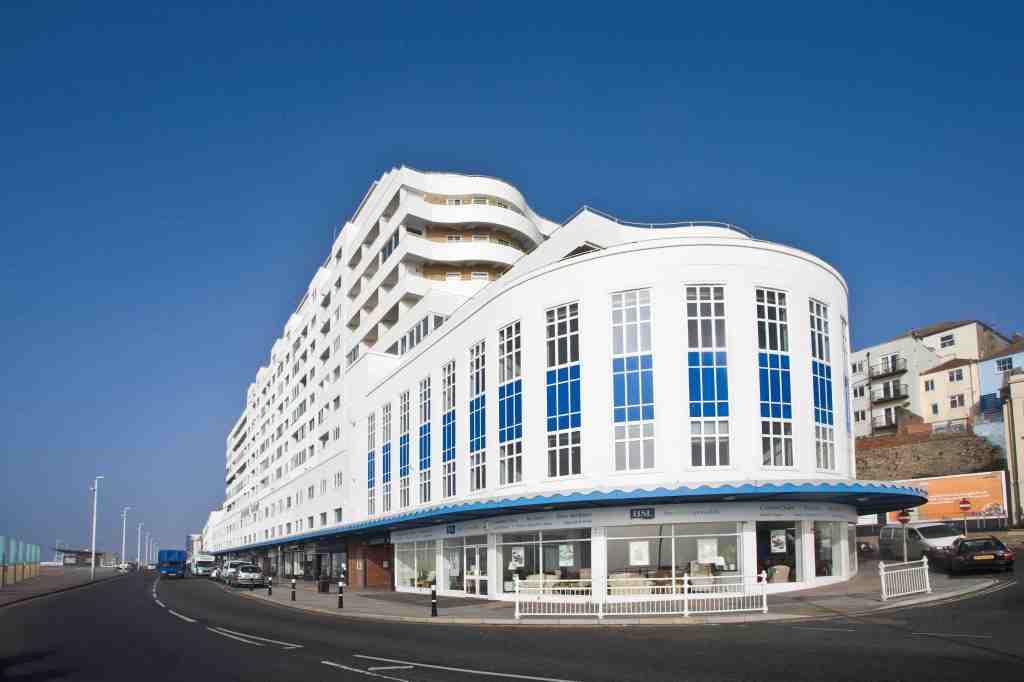
But, as for many other seaside resorts, the post-war years were not kind to St Leonards. Holidaymakers were lured to Europe by cheap package holidays, and the Care in the Community push saw people with multiple mental health and addiction issues move in, bringing street drinking and a thriving heroin trade with them.
The flood of DFLs seduced by St Leonards’s affordable period homes and slightly gritty vibe turned the tide – although the town is still by no means without problems. Homelessness remains an apparently intractable issue and local wages are low, with pockets of real deprivation.
But, in many respects, St Leonards has been revolutionised. Where once there was nothing but old-fashioned greasy spoons and takeaways, it has fashionable businesses such as street food market Heist, and pubs including the Marina Fountain, which was saved from closure during lockdown by local crowdfunding.
Madelaine Cooper, area partner for Sussex at the Unique Property Company, exchanged Dulwich, south-east London for Hastings almost six years ago. Her son had just left home and she and her husband, Peter Stimpson, a branding designer, decided to ‘have a bit of an adventure’.
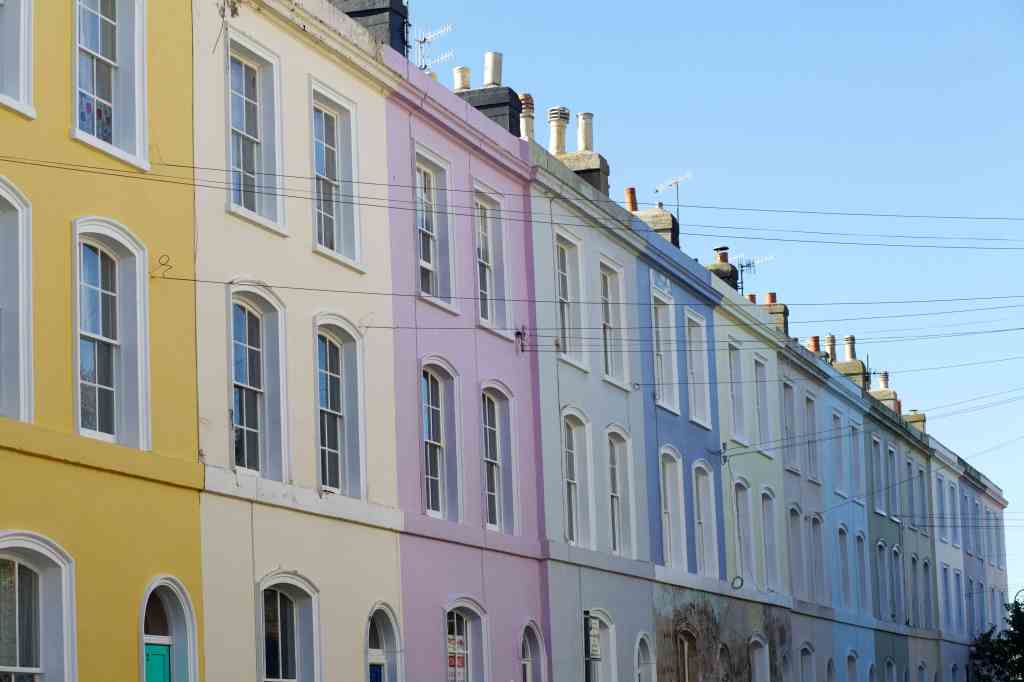
Although Hastings and St Leonards are only a mile apart, the two areas have a very different vibe. ‘We always say that it is a bit TV-producer in Hastings old town, and artists, designers and musicians in St Leonards,’ says Cooper. ‘St Leonards is entirely independent shops, it is a bit cooler than Hastings, and because it is smaller it has a bit more of a village feel where you are always bumping into people.’
Anyone who invested in St Leonards in the early days of its reinvention made a smart decision. Property grew 177 per cent between 2003 and this year to reach an average sale price of £277,000, according to research from estate agents Hamptons. During the pandemic the market went white-hot. Average prices across all property types have climbed 31 per cent since 2019, says Hamptons, with the cost of houses up 45 per cent.
Despite this, you don’t see the kind of antipathy to incomers in St Leonards that you do in Wales, with its ‘English go home’ placards, or Cornwall, where councils are hiking taxes to punish second-home owners. ‘I think people realise that [the DFLs] have done St Leonards a world of good,’ says Sellens.
This year, he adds, will not be an easy ride for St Leonards. Homes are taking longer to sell than they did in the height of the pandemic and prices have started to subside. ‘There is still really good demand for period, character properties though,’ he says. ‘We are still seeing people coming out of London and once they are here they love it and they tend to stay for good.’
Two St Leonards homes with history
The Regency townhouse designed by Decimus Burton

This six-bedroom Grade II-listed Regency townhouse is spread over four floors and includes a covered first-floor veranda and landscaped gardens. It sits on Archery Villas, which was designed by Decimus Burton and originally comprised five stuccoed villas constructed as holiday homes for Londoners. The property is on the market for £1.3 million with Inigo.
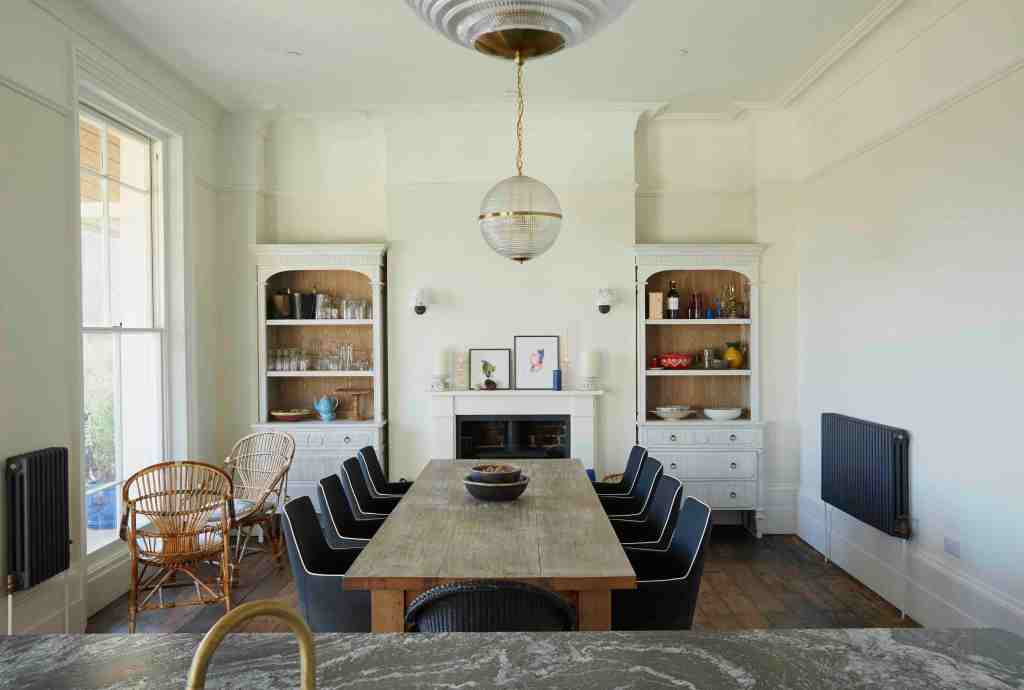
The stone cottage that changed location
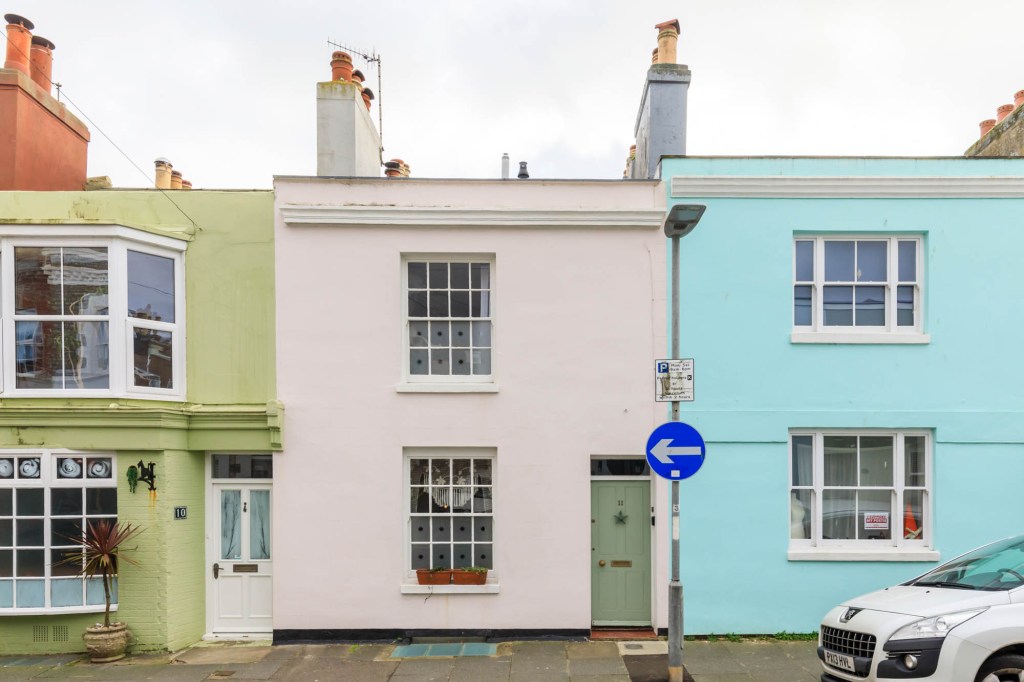
In 1836, a group of homeowners whose properties were in the disputed ‘American Ground’ in Hastings physically moved their houses to St Leonards. This was one of approximately 28 homes that were painstakingly relocated brick by brick. Today, the three-bedroom cottage is walking distance of the town centre and has both original features and modern luxuries. It’s on the market for £620,000 with the Unique Property Company.
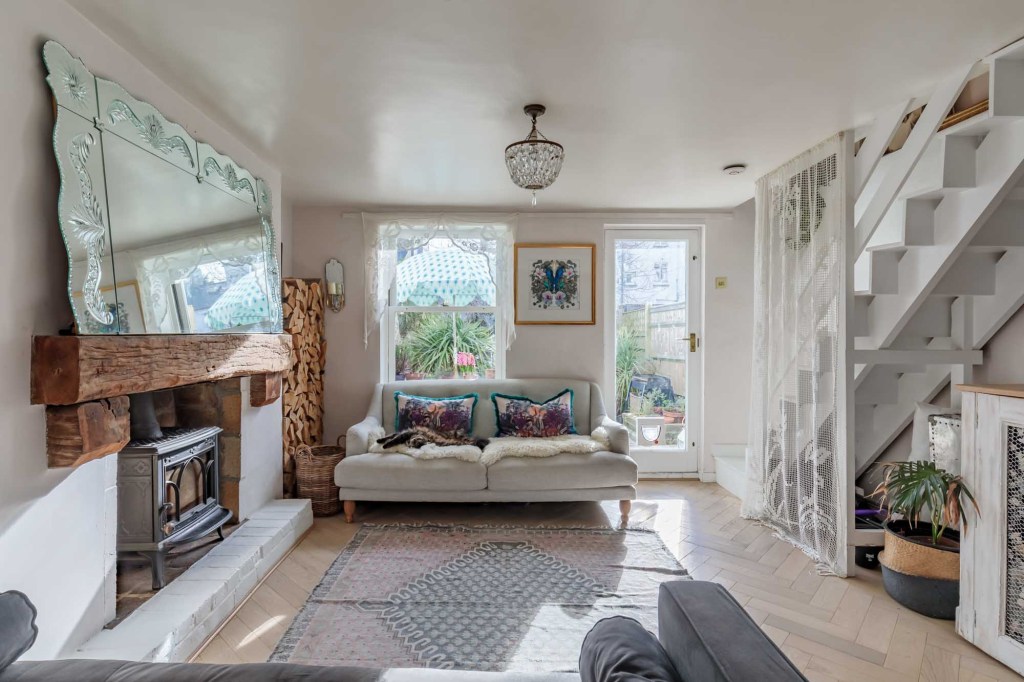

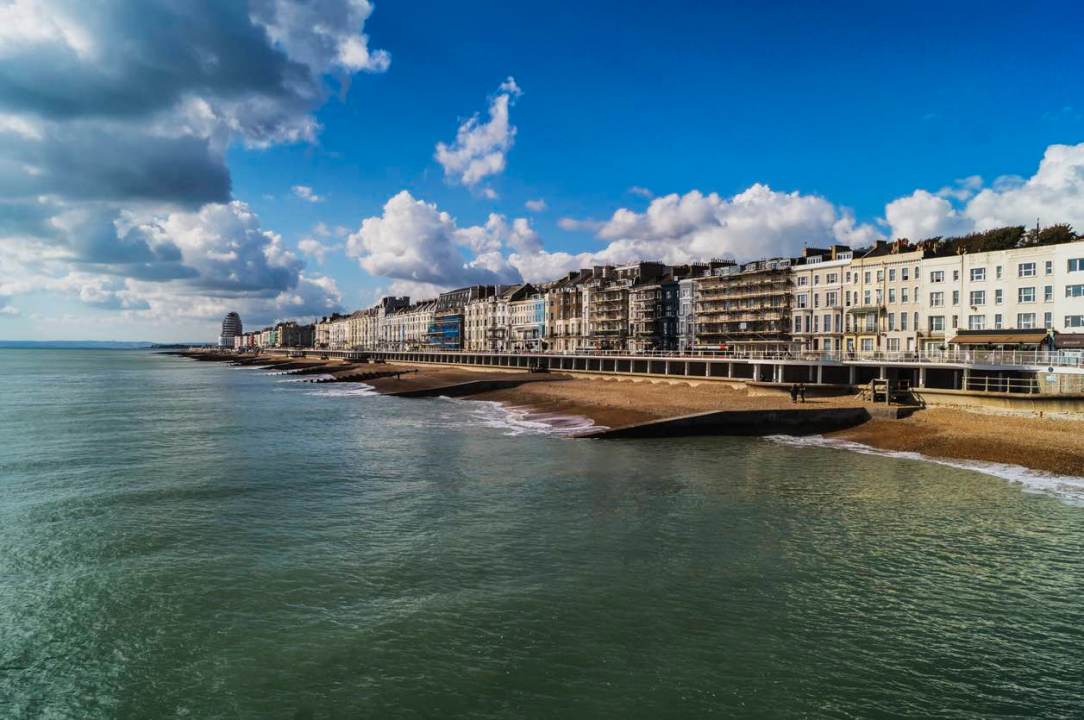
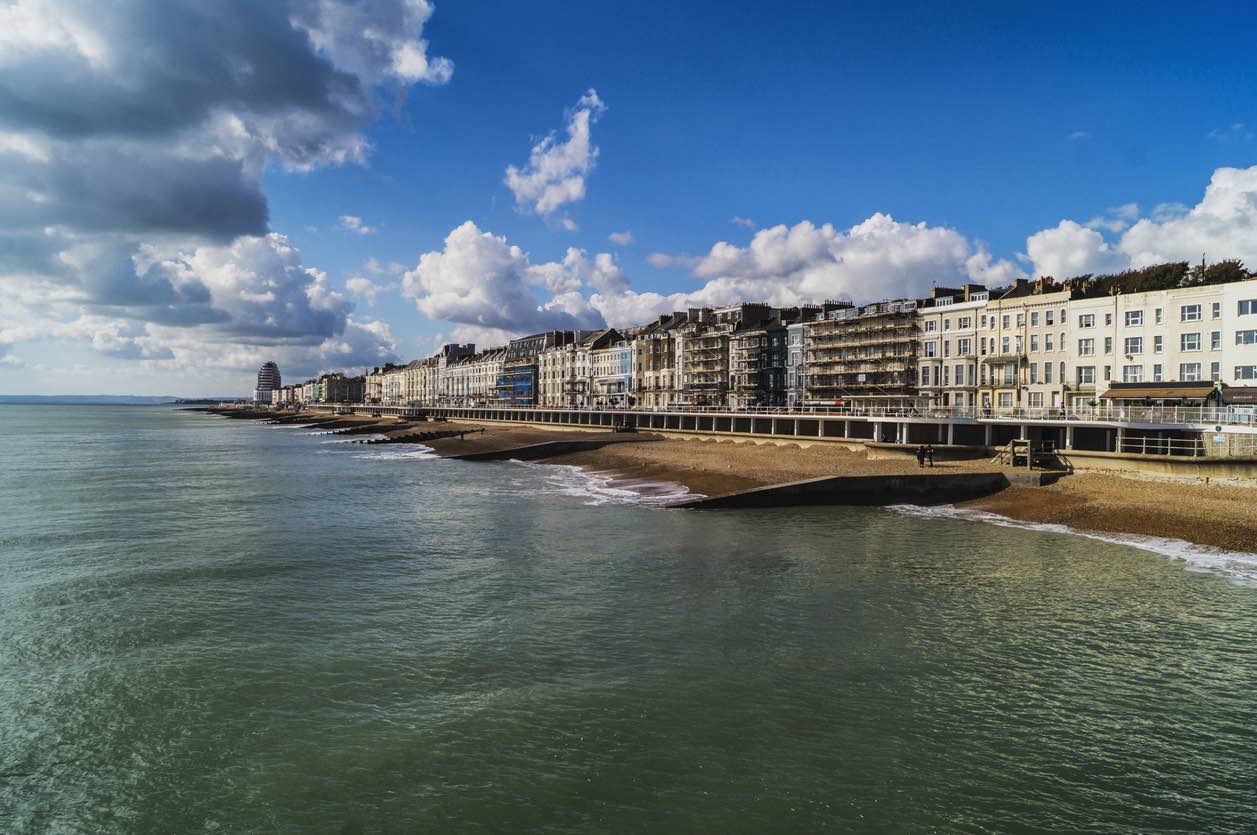




Comments